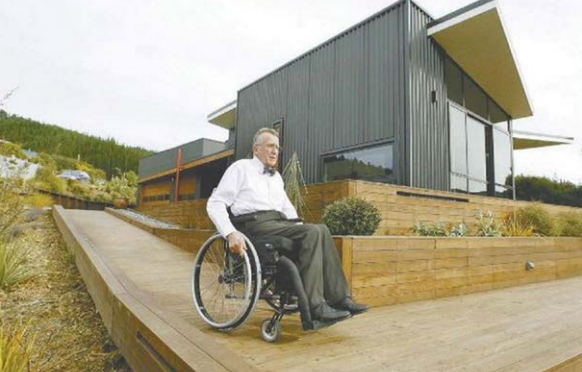Crossing the Threshold: Problems and Prospects for Accessible Housing Design
W13-5: Our aging population is increasingly the focus of new planning and policy initiatives. Their unprecedented numbers (by 2030 the population of people 65 and over will top 20 percent) and political influence create new concerns as well as opportunities to rethink the physical, social, and legal landscape of housing, infrastructure, and service provision. Because people are much more likely to develop physical and mental disabilities as they age, the visibility of the boomer generation is helping to draw attention to the fact that, according to the 2010 National Council on Disability report, 35 million households in the US in 2007 had one or more people with some kind of disability, representing 32 percent of all American households. Because elderly and disabled people share a number of these needs, concerns long considered the marginalized province of the disabled are expanding. People with disabilities, including older adults, want to live in diverse communities, not segregated settings. As the post-war generation “ages in place,” their changing needs of housing and infrastructure will be felt at local and national levels. Nascent planning strategies that foster multigenerational and “livable” communities dovetail with policy objectives to conserve resources, decrease automobile dependence, promote dense development, and support public health. The physical (and economic) accessibility of housing is a key part of these initiatives. Accessible housing allows people of all ages to stay in their homes and communities regardless of their mobility needs. However, laws that mandate accessible design in housing don’t meet current needs, much less projected demand.

